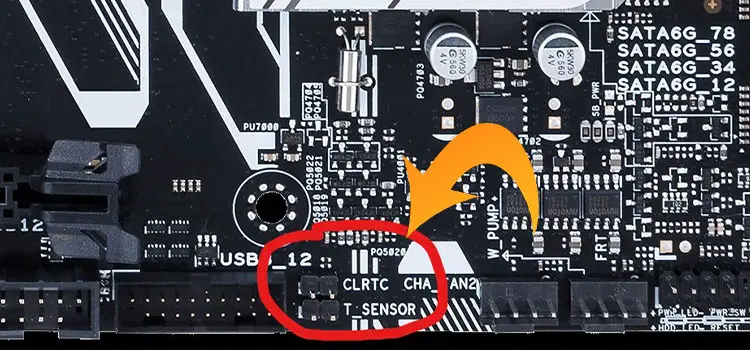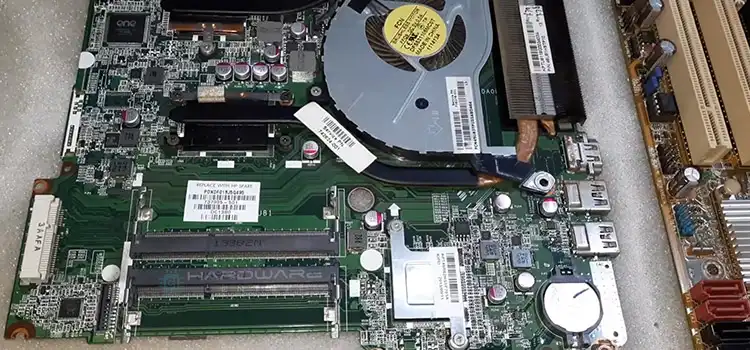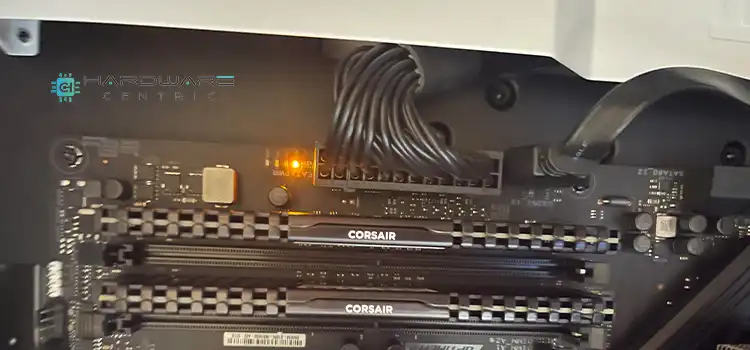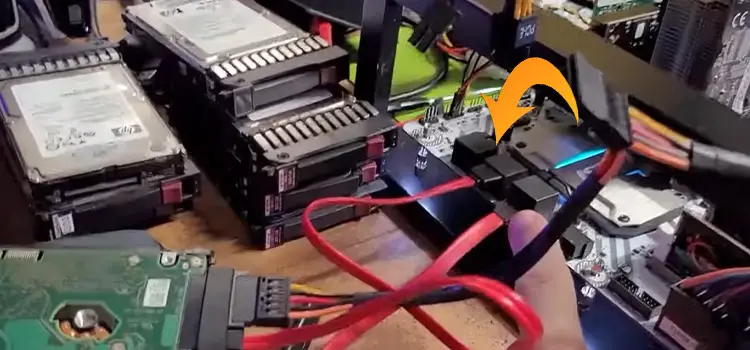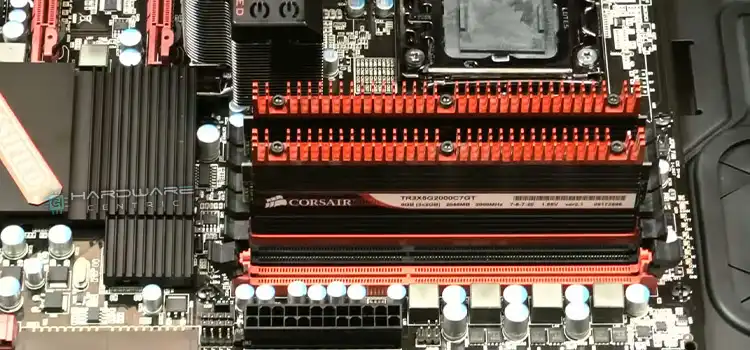What Motherboard Drivers Do I Need? Ultimate Explanation
After buying a completely new setup, when you power up your new rig, initially you will require a few motherboard drivers. Without them, you won’t be able to do any initial work with it.
In this case, you will need to install a few motherboard drivers (such as an audio driver) after turning on your PC. If you are looking for a list of initial motherboard drivers then this article will help you out.
So, stay with us till the end and find out the list of the motherboard drivers you will need to install. Stay with us till the end, and find what you are looking for.
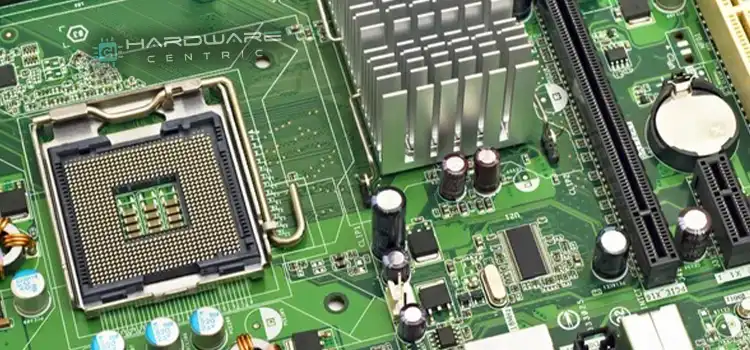
Basic Introduction to Motherboard Drivers
Motherboard drivers are software programs that facilitate communication between your operating system and the various hardware components on your motherboard. These components include the chipset, audio, and network interfaces, USB controllers, and more. In essence, motherboard drivers are the intermediaries that allow your OS to interact with the hardware effectively.
Motherboard drivers are pivotal in ensuring hardware compatibility, stability, and performance. Without the right drivers, your computer may not function correctly, leading to issues like hardware malfunctions, crashes, or downgrade performance.
Identifying Your Motherboard
To determine what motherboard drivers you need, you must first identify your motherboard model.
Checking Your Motherboard Model
Using System Information: On Windows, you can use the System Information tool to find your motherboard model under the System Summary section.
Physical Inspection: For desktops, you can open the computer case and locate the motherboard’s model number printed directly on the board.
BIOS Information: Reboot your computer, and during startup, enter the BIOS/UEFI settings to find your motherboard model in the system information.
Where to Find Motherboard Drivers?
Once you have your motherboard model, it’s time to locate the necessary drivers. There are a few effective ways to get your drivers. Here are them one by one –
Official Manufacturer’s Website
The most reliable source for motherboard drivers is the official website of your motherboard manufacturer. They regularly update drivers to ensure compatibility with the latest operating systems and hardware.
Using Third-Party Tools
Alternatively, you can use third-party driver update tools, but exercise caution and verify their legitimacy to avoid downloading malware.
Different Types of Motherboard Drivers
After installing a motherboard, you will need to install the necessary motherboard drivers. Otherwise, you won’t be able to get a smooth experience and you won’t be able to use devices with your PC.
That’s why it’s important to install the necessary motherboard drivers. Generally, there are two types of motherboard drivers that can be found.
- Basic Motherboard Drivers
- Advanced Motherboard Drivers
A. Basic Motherboard Driver
These drivers come pre-installed on your motherboard and they are known as chipset drivers.
- Chipset Drivers
Chipset drivers are the most crucial motherboard drivers. They control the core functionality of the motherboard, such as USB ports, SATA connections, and system stability. Additionally, they are also used to update the mobo’s firmware.
B. Advanced Motherboard Drivers
These are the drivers that you will have to install on your own. Without them, you won’t be able to do basic work, such as internet browsing, listening to music, etc. Here are the drivers that you will need to install.
- Audio Drivers
Audio drivers are responsible for sound playback and recording on your computer. Keeping these drivers updated ensures high-quality audio output.
- LAN, Ethernet, and WIFI Drivers
LAN and Ethernet drivers are essential for your computer’s network connectivity. Updated drivers can improve network speed and reliability. If you are using a WIFI connectivity then you will need to install the WIFI adapter along the aforementioned connectivity drivers.
- Graphics Drivers
While graphics drivers primarily relate to your GPU, they can also influence the motherboard’s performance, especially if you have integrated graphics.
These are the most common drivers that you will need to have installed on your motherboard. The number of drivers may also increase according to your needs but initially, you will require the aforementioned drivers.
Conclusion
Properly managing your motherboard drivers is essential for a seamless computing experience. Regularly updating these drivers not only improves performance but also enhances stability and security. By identifying your motherboard, downloading the right drivers, and following the installation steps, you can ensure your computer operates at its best.
Questions You May
1. Do I need to update my motherboard drivers regularly
Yes, updating motherboard drivers regularly is essential for optimal system performance and security.
2. What happens if I don’t update my motherboard drivers?
Outdated drivers can lead to performance issues, compatibility problems, and security vulnerabilities.
3. Can I update motherboard drivers on a laptop?
Yes, you can update motherboard drivers on laptops and desktop computers alike.
Subscribe to our newsletter
& plug into
the world of PC Hardwares
